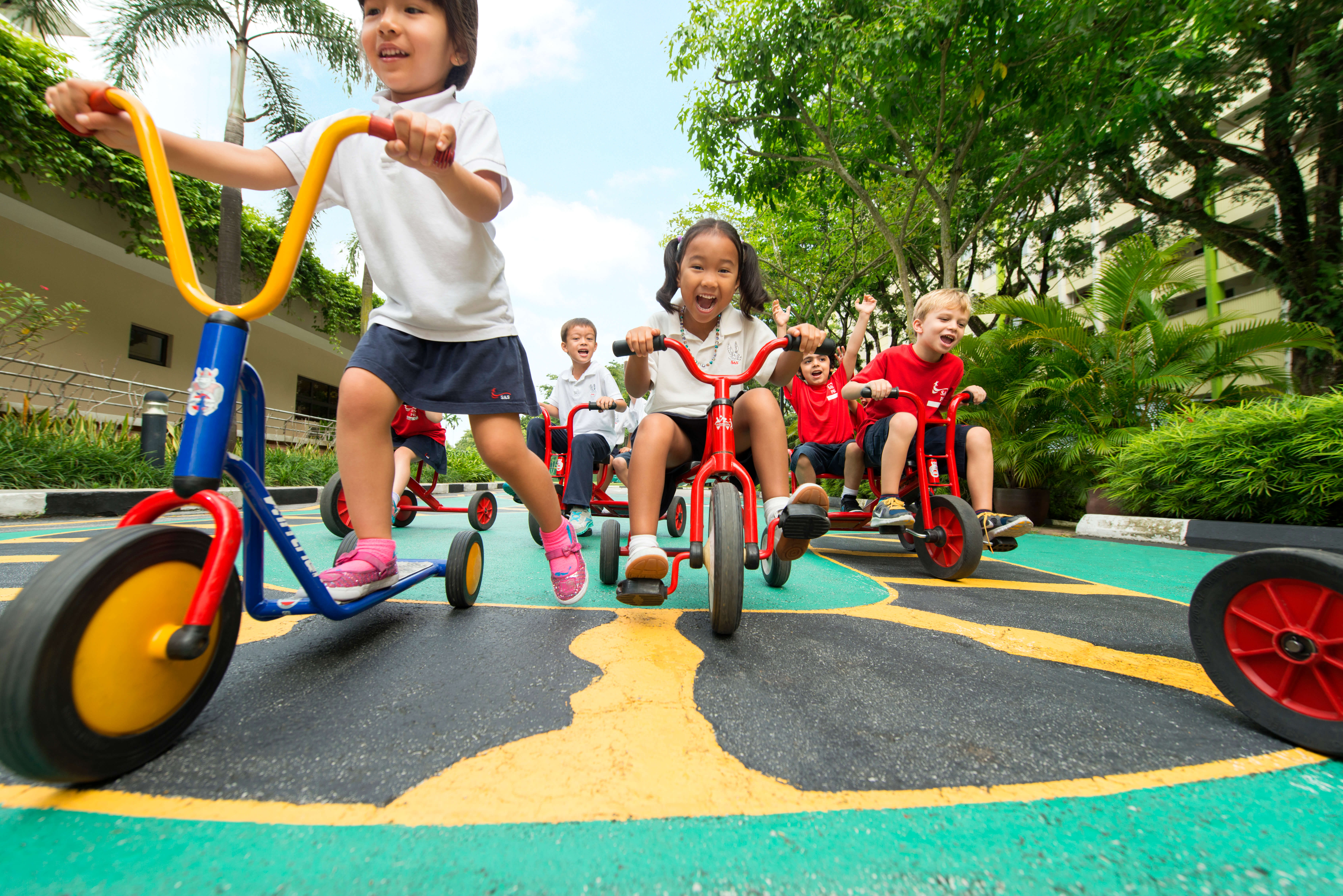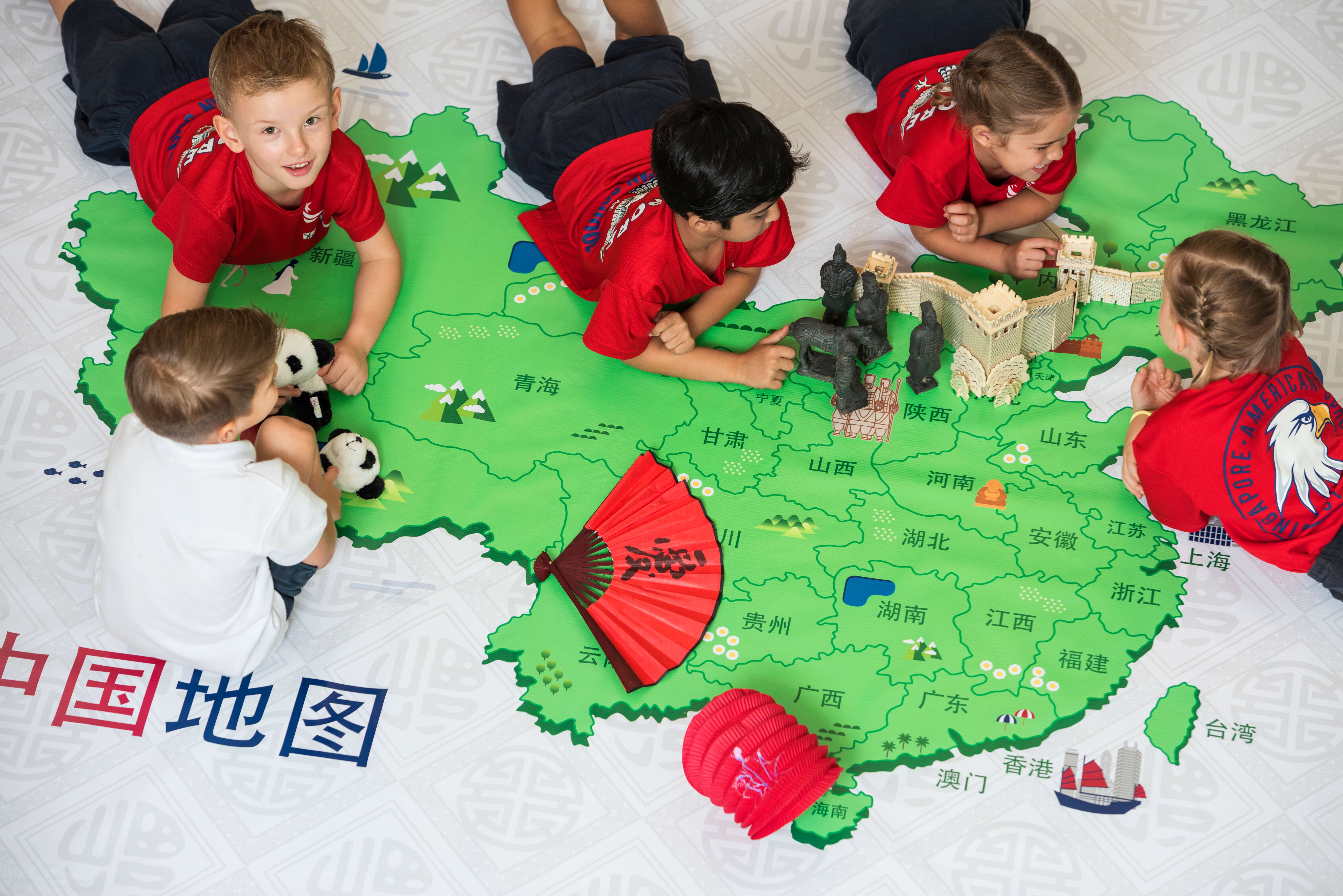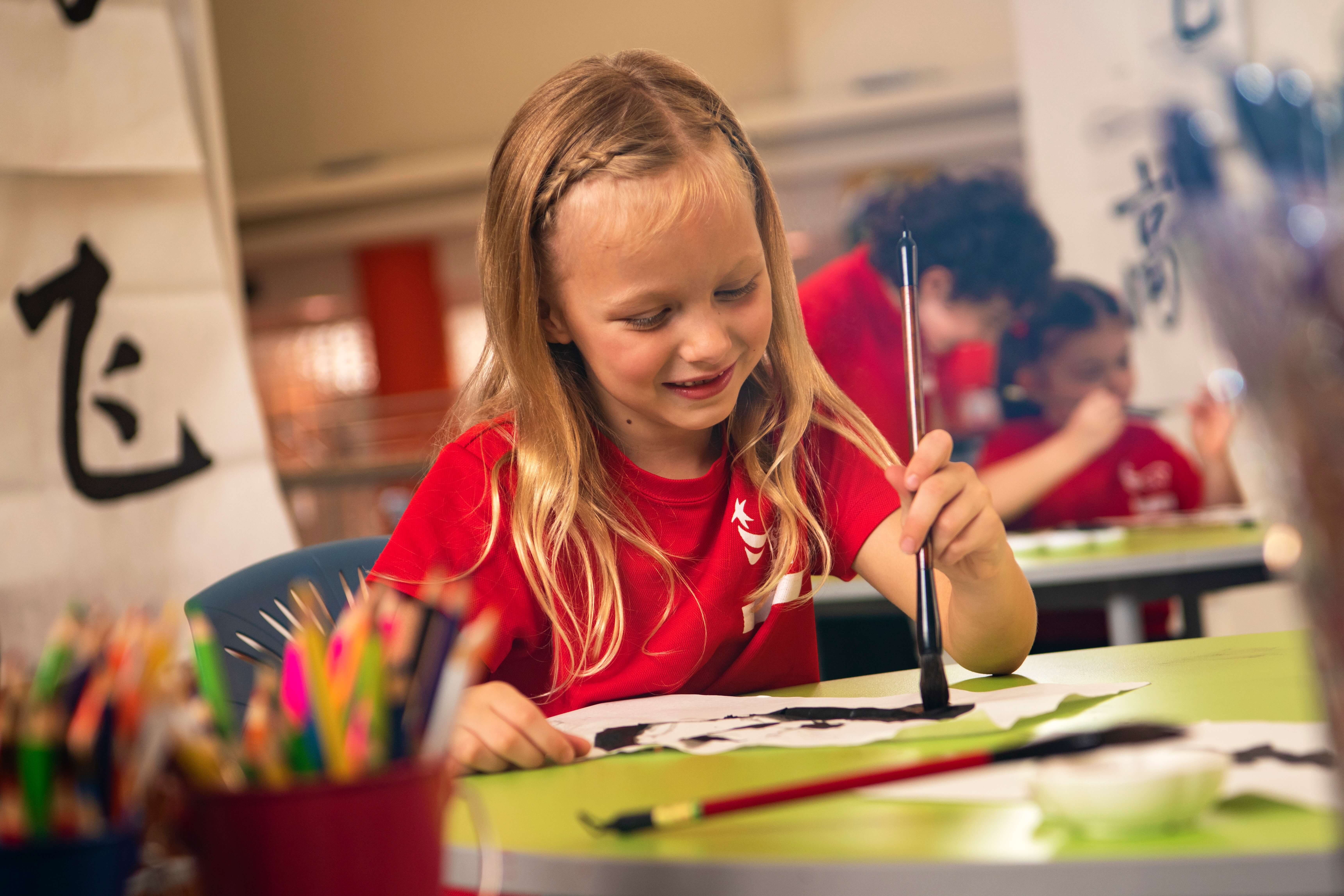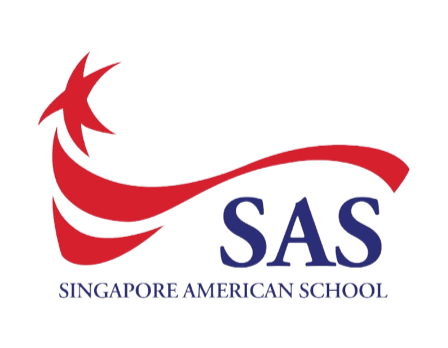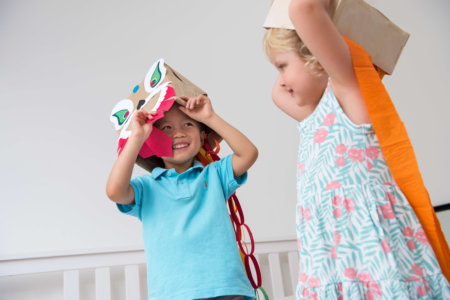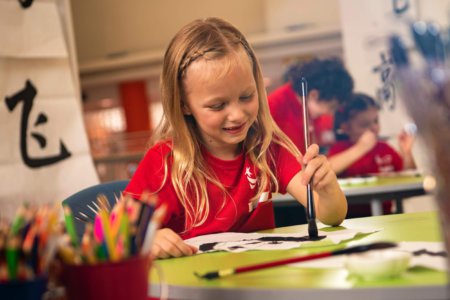Some believe that learning Chinese is one of the best investments you can make. That may sound hyperbolic but the numbers do back it up. It is by far the most spoken language across the world with 1.31 billion speakers — that’s approximately 16% of the world’s population. Mark Zuckerberg, Facebook co-founder, and Malia Obama, daughter of former US President Barack Obama, are part of a growing list of American public figures taking Chinese as a second language.
Learning Chinese, however, can be arduous — just ask anyone who has tried to do so on their own via apps like DuoLingo. Getting a handle on the vocabulary; the grammar rules; the punctuation nuances; and the slang words can seem daunting. Then, there’s tone. The same basic sounds can refer to vastly different things based on the tone with which it is spoken in Mandarin Chinese. In English, tone might convey emotional information, but says nothing about what a word means. For many students, a full and early immersion in a new language like Chinese is the best — and sometimes, the only — way to learn.
The Singapore American School (SAS) offers a unique Chinese Immersion Programme where pupils not only learn the language, but use the language to learn. Unlike the usual one-period foreign language class each day in other schools, SAS students in the immersion programme spend at least half their school day communicating in Chinese.
Professional, exemplary world language teaching staff guide students towards becoming Mandarin-fluent critical thinkers. The programme is fully aligned with the SAS elementary curriculum, which they are set to excel in as bilingual learners, known to have better focus, listening, problem-solving and multi-tasking skills. “Research shows that children who acquire a second language at an early age perform better academically,” shares programme teacher Julie Zhang.
The benefits extend far beyond classrooms and exams. Learning Chinese is an exciting foray into one of the world’s most ancient cultures and today’s rising global superpower. In short, it is the key to making it in the 21st century. “As the world becomes more interconnected, an understanding of the Chinese language and culture will continue to grow in importance. Understanding a second language is an important part of promoting DEI (Diversity, Equity, Inclusion),” Zhang adds. In 2021-22, the programme will extend from kindergarten through fourth grade. This offers more opportunities to practise and continue refining their language skills.
The Early Learning Centre (ELC) at SAS is nestled in the heart a 36-acre campus on Woodlands Street. A typical day here is full of smiles, questions, collaboration, and achievement. The student-teacher ratio is 8:1, giving children the personal attention and focus they need.
Most importantly, SAS pupils find the inquiry-based activities fun, exciting, and motivating. Teacher Nancy Devine recalls her preschoolers being fascinated with spooky noises that led them to research the science of sound, create a “haunted house,” check out books on bats, and discuss Halloween traditions. “The energy and excitement of just two or three kids who want to explore something fuels the fire, and suddenly the whole class is on board!” she shares.
The setting? Purpose-built spaces. At the ELC, they enhance the community feeling, like a library nook and a block corner, while outdoor areas host play structures, gardening boxes, easels, and a sandbox. “We are very intentional in using our outdoor areas as fully as possible,” says ELC deputy principal Jo McIlroy. “We see that exposure to nature enhances our students’ appreciation of beauty, piques their curiosity, allows them unique sensory experiences, and promotes calmness and tranquility.”
There is no shortage of passion for learning at SAS. From volcanoes to butterfly life cycles, from pet adoption to ice, no topic is off-limit to ELC pupils to explore, express and create innovative solutions to. They carry this confidence and zeal as they progress — seamlessly — to elementary school. “We are very aware that we are a part of a large school system,” notes McIlroy. “What the kindergarten teachers see as crucial to success is the social-emotional preparation and the deep engagement in meaningful learning that the Reggio-inspired ELC programme fosters.”
Find out more about the Admissions Virtual Events for preschool (age three), pre-kindergarten (age four), and kindergarten (age five) here. Parents may choose either the traditional kindergarten programme or the SAS Chinese Immersion Programme.
Follow Singapore American School on Facebook, Twitter, Instagram and YouTube

